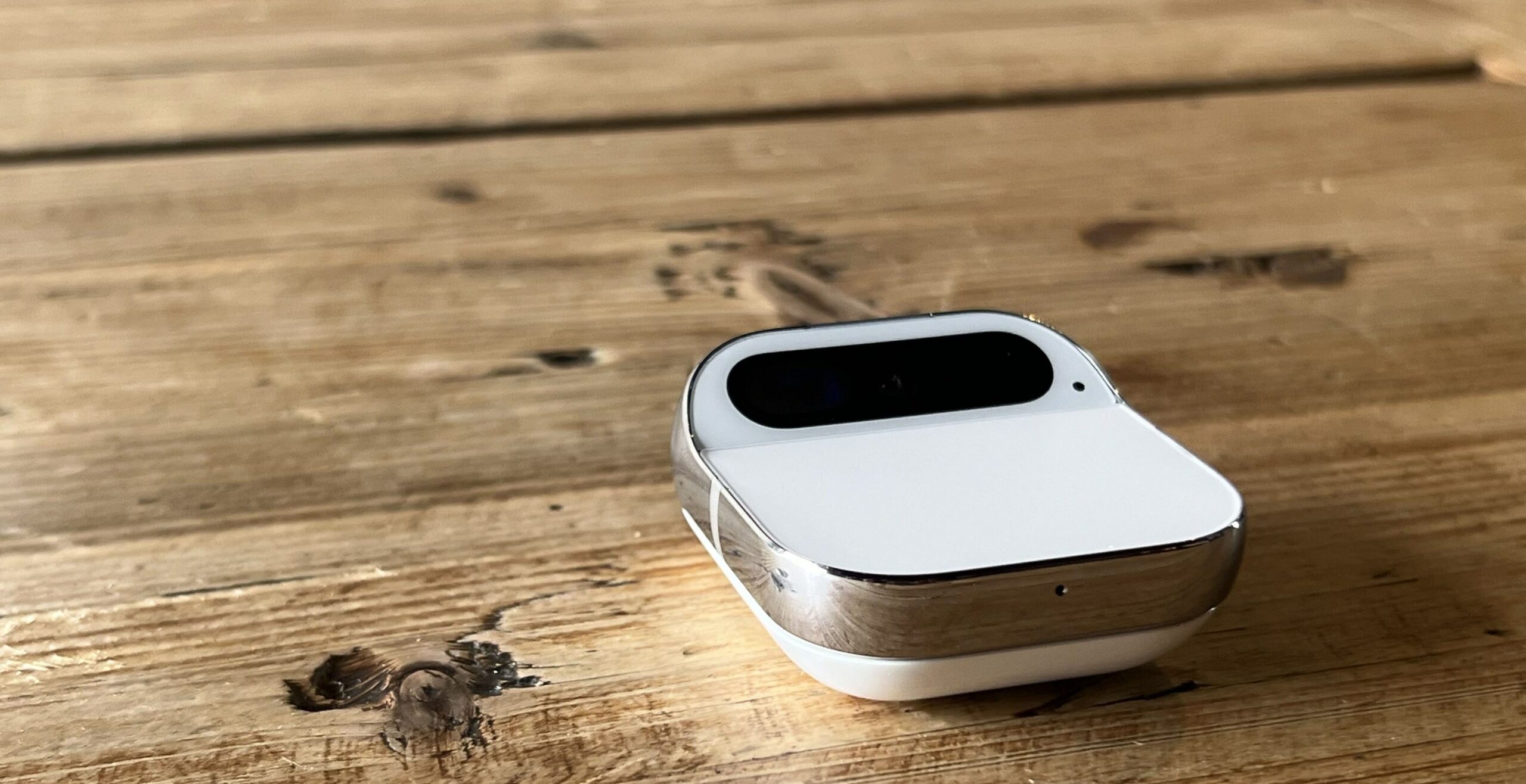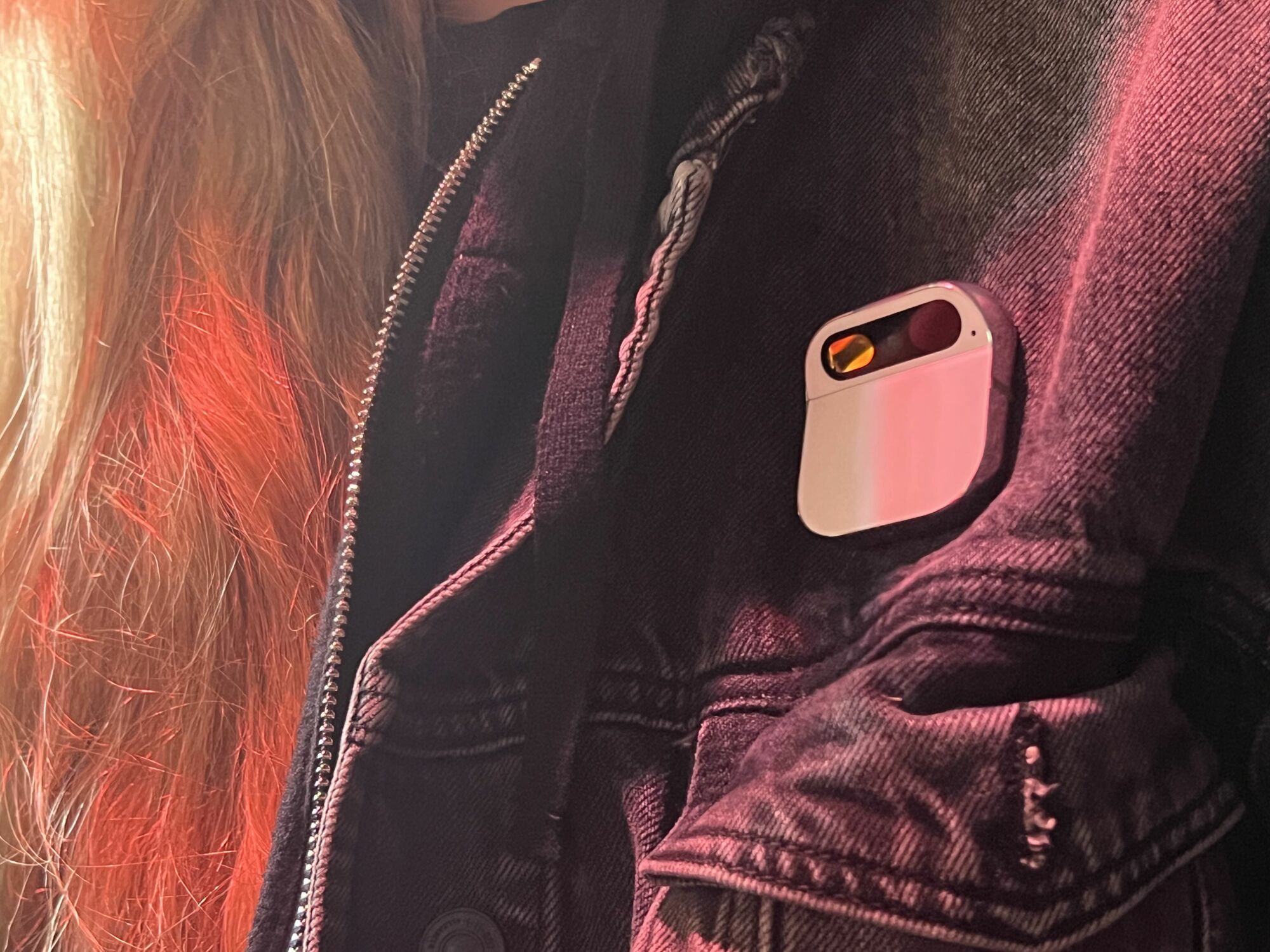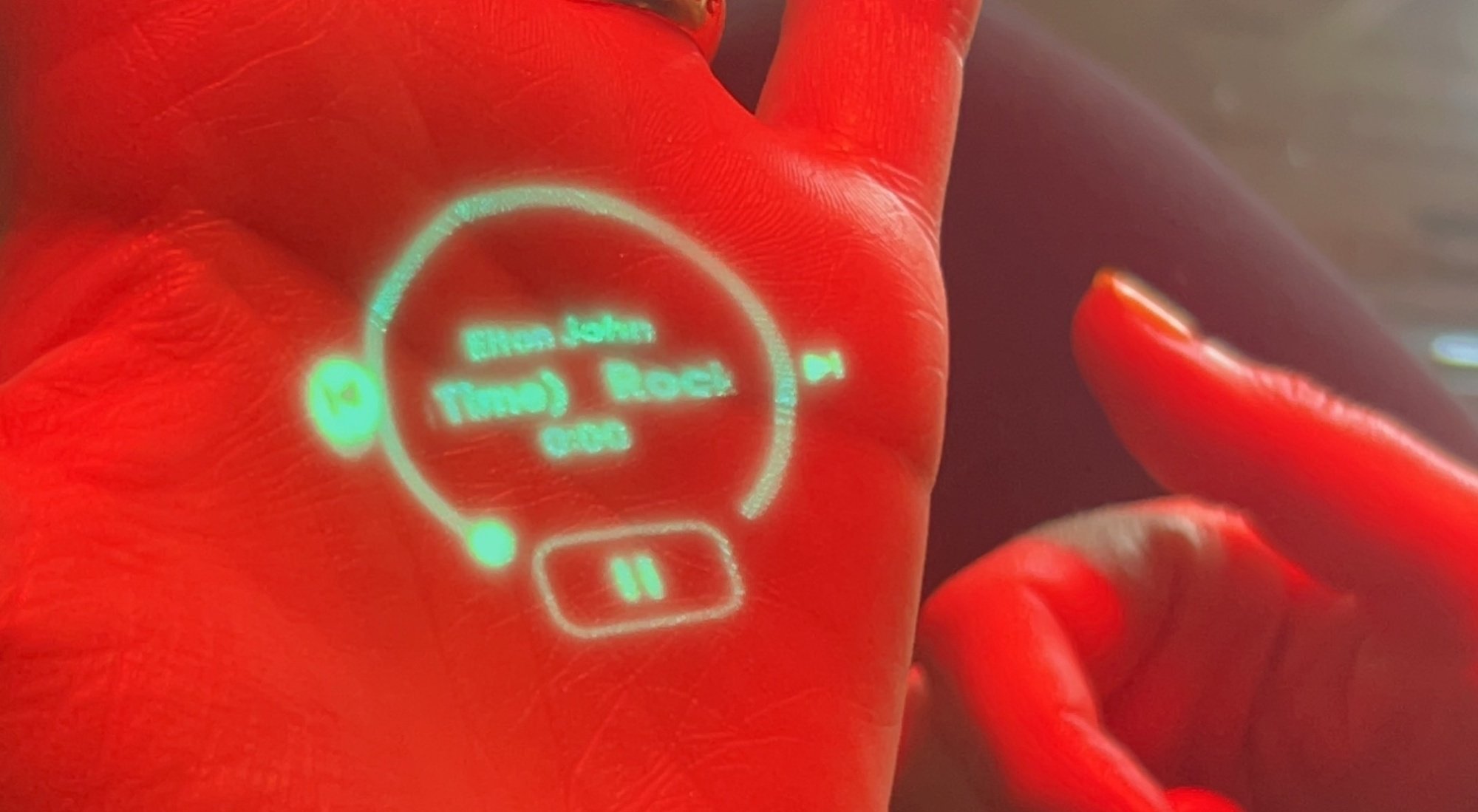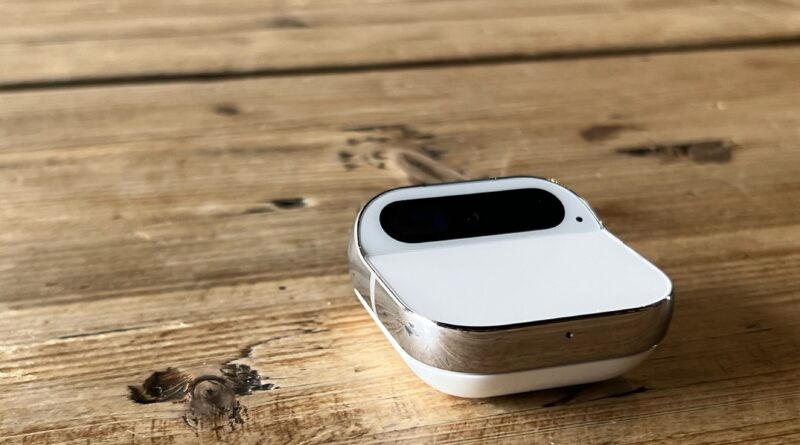First impressions of Humane’s Ai Pin: A very out-of-hand proof of concept

People long for the days when our smartphones weren’t a crucial aspect of our lives. Our phones are how we connect to our friends and loved ones, how we get our news, schedule our appointments, buy our groceries, and where we listen to our music. But we also use our smartphones way too much.
That’s what Humane says it wants to change with its Ai Pin. Founded by former Apple executives Bethany Bongiorno and Imran Chaudhri and backed by OpenAI CEO Sam Altman, the Ai Pin is designed to bring us a smartphone-less world through the use of AI and wearable computing.
Starting at a cool $ 699, the Ai Pin ships out in April. Before then though, Bongiorno, who also serves as Humane’s CEO, let me watch as she demoed her personal Ai Pin at SXSW to remove any skepticism about the pin and Humane’s goals.
First Impressions of Humane’s Ai Pin

For the price tag of the Ai Pin, I expected to have my mind blown, and while truthfully, the demo given by Bongiorno didn’t do that, I was impressed with how well it worked.
The gist of the Ai Pin is that it’s an AI assistant that attaches to your clothes where a boutonnière would go. Powered by a Qualcomm Snapdragon processor, you can ask it questions, play music, call/text people, or even take photos or videos. The more you use it and tell it about yourself, the more it’ll learn about you and perform tasks suited to your specific needs, its makers say. It’s similar in some ways to the Rabbit R1, which uses a Large Action Model (LAM) to learn and interact with different apps. But with the Ai Pin, there is no screen to interact with. If you need to mess with some settings, there’s a very cool laser projector that turns your palm into a flesh-and-blood “screen.”
Here’s what Humane made clear that the Ai Pin is not: it’s not a companion to your smartphone, and it’s not just ChatGPT pinned on your chest. The pin comes with an SIM card, connecting it to mobile phone networks. While the pin itself is powered by GPT-4, Bongiorno made clear that the pin doesn’t just take your queries, send them to OpenAI and then back to you. Instead, the device processes inputs locally, utilizing its own AI framework to provide immediate, context-aware responses.
You can activate the device through voice, touch, or gesture commands. Pressing and holding activates the device to take voice commands. Waving your hand in front of it will turn on the laser projector where you can enter your passcode. You can change the volume by swiping on the pin — it’ll then make mechanical scrolling noises like a mouse wheel.
The laser projection is sharp on the palm, but it’s meant for really quickly and quietly reading small bits of text and information. It will overheat if used for an extended period. It’s supposed to be a screen-free experience.
It cannot be stressed how much Humane wants you off your phone.

Most interaction with the pin will be done through voice commands. The Ai Pin has some well-designed speakers that in quiet environments can be heard loud and clear. Bongiorno also told us that she had no problem having full conversations with a colleague as she walked through a crowded airport. This does not mean we all have to be held hostage by the annoying guy with the Bluetooth earpiece — you can connect the Ai Pin to your AirPods or Bluetooth headphones.
Because most of the AI action is done off-device, it does take some time for questions to be answered. When Bongiorno asked it the name of “Austin’s pink coffee place,” the Ai pin took 10 or 15 seconds to answer “Revival Coffee.” Would googling that be faster? Perhaps, but the whole point is to be off your phone.
The Ai Pin can also take photos and short videos — always a touchy topic when it comes to wearables. Humane says it takes privacy very seriously, and to that end there are indicator lights brightly telling everyone around you that you activated the device or if you’re taking a video. “Any attempt to cover the LED indicator, the Ai Pin will stop recording immediately,” Bongiorno told me.
What’s genuinely impressive is the camera’s ability to scan things in front of you and describe them in detail. On top of that, when you’re sending messages you can tell the pin what tone you want the message to have. For example, Bongiorno texted her sick daughter and told the pin “Send a message to Oliver and ask her to call me, and make it sound Gen Z.” (Its Gen Z translation: “Hey Oliver, can you call me later, I wanna chat. Thanks.”)
The Ai Pin also has a real-time translation feature, with over 50 languages. Bongiorno demoed some Mandarin and Spanish, which allowed me to flex my 300-day Duolingo streak chops. The pin does have a hard time picking up my voice and it’s unclear if that’s because I have a very low speaking voice or if the mics are directionally focused upwards to pick up the voice of the wearer. Regardless, the pin will speak back to you after translating and will then translate back your response in whatever language you’re conversing in. Or if it’s loud, the laser can project the translations on your palm.
While I wish I could do more hands-on testing myself, from the demo there’s some practical use for the Ai Pin. From the live demo Bongiono gave, it feels as if the device is a very late-stage proof of concept for what the future of mobile computing can look like. However, the Ai Pin as it exists now is far from being the world-changer that Humane wants it to be.
There’s nothing the Ai Pin can do for me that a smartphone can’t already do, other than not be a smartphone. I can already call, text, listen to music, and have a basic Q&A AI on my iPhone that doesn’t cost an additional $ 700.
